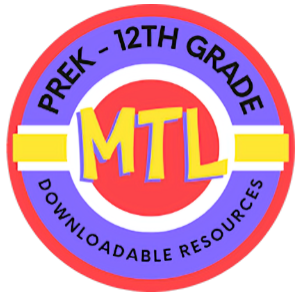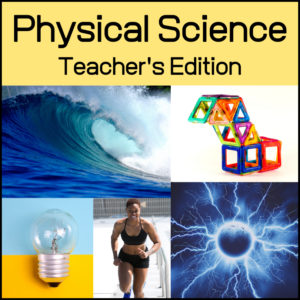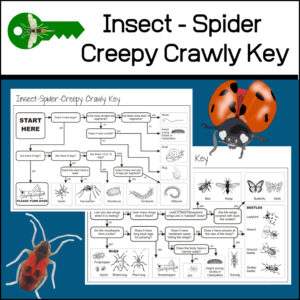Category: By Grade
- Home
- /
- Shop
- /
- By Subject
- /
- Science
- /
- By Grade
- /
- Page 8
Showing 141–160 of 257 resultsSorted by latest
-
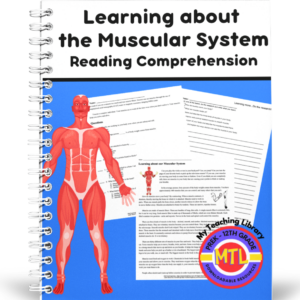 $2.00Buy Now
$2.00Buy NowStudents will read about the muscular system and learn facts such as how many muscles are in the body, what are muscle fibers, the three different types of muscles and much more. After reading and learning about the body / human anatomy, students will answer multiple choice questions.
Also included: A research and writing activity that may be assigned at your discretion!
Answer Key provided.
Reading level:
Flesch-Kincaid Grade Level: 5.3
Linsear Write Formula : 5.1 -
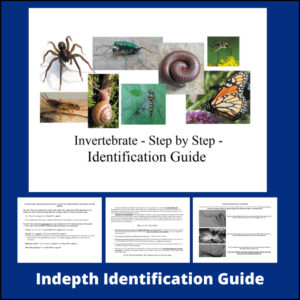 $3.00Buy Now
$3.00Buy NowThis 21 page resource will take students step by step through a guided identification process for invertebrates. This key is designed for 6th – 12th grades.
-
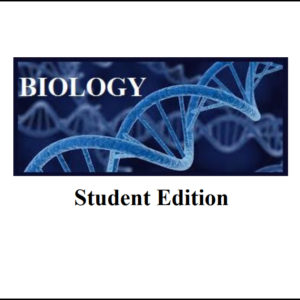 $9.99Buy Now
$9.99Buy NowComplete Biology 1 Curriculum – Student Edition for High School
-
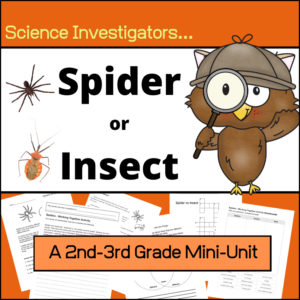 $3.00Buy Now
$3.00Buy NowSpiders vs Insects – Science Investigator Mini-Unit has been designed to teach 2nd & 3rd grade students about the differences between these creepy crawlies!
This resource includes 2 levels of informational text (for differentiation) – reading comprehension questions for both, a couple drawing and labeling activities, a Venn diagram (compare and contrast), a crossword puzzle, a cooperative group (or partnership) activity and a short opinion essay question. Answer Keys are provided.
-
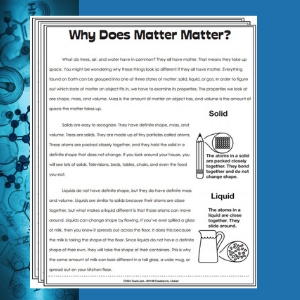 $1.00Buy Now
$1.00Buy NowThis informational text will help define matter and its 3 main stages (solid, liquid and gas). After students read the article, they will be asked comprehension questions to assess their understanding. Answer Key also included.
-
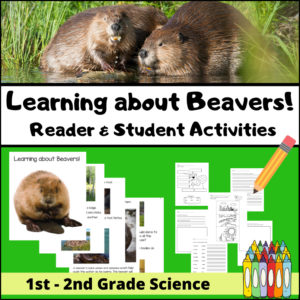 $3.00Buy Now
$3.00Buy NowThis 1st – 2nd Grade cross-curricular resource (Science, Language Arts, Art) is all about beavers and includes a READER and corresponding STUDENT ACTIVITIES! Students will learn about the beaver’s habitat, diet and how their own bodies help them survive! The reader is provided in both color and b/w.
-
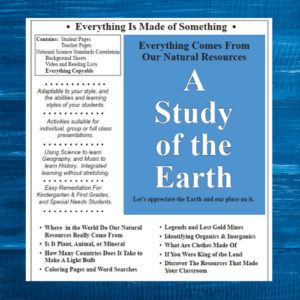 FREEBuy Now
FREEBuy NowThis free curriculum resource is from the Minerals Education Coalition.
-
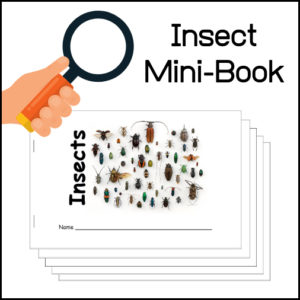 $2.00Buy Now
$2.00Buy NowHelp your students learn about insects with their very own 12 page mini-book! This is a perfect tool to use as a study aid as it includes important facts about insects such as…the four things all insects must have: 3 body parts, 2 antennae, 6 jointed legs and an exoskeleton. This little book will also give examples of creepy crawlies that are not insects, how some insects have 1 or 2 pair of wings, how some are helpful and some are harmful. At the very end of the book, students are asked to draw their favorite insect.
-
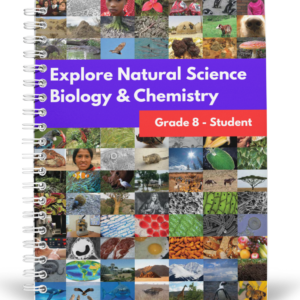 $15.00Buy Now
$15.00Buy NowThis Biology and Chemistry student textbook is designed to use with middle school students (specifically those learning at or ready for 8th grade work). View the table of contents in the description below.
Watch a video preview of this product here.
Get the TEACHER’S EDITION here!
Bundle and Save: 8th Grade Science Curriculum Bundle
-
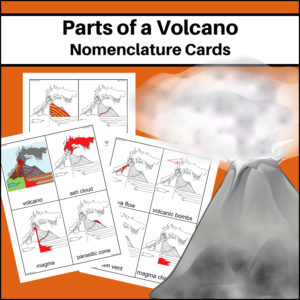 $2.00Buy Now
$2.00Buy NowParts of a Volcano – Nomenclature Cards – This resource will help students learn and study the various parts of a volcano: ash cloud, magma, parasitic cone, lava & ash layers, side vent, crater, pyroclastic flow, lava flow, volcanic bombs, main vent, and magma chamber.
-
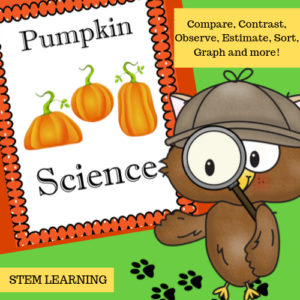 $3.00Buy NowPumpkin Science has several fun, hands-on activities that ask students to compare, contrast, observe, estimate, count, sort, investigate, graph and much more…Students can even create a Pumpkin Science Journal or use pages as notebooking pages.See more about this product in the description below.
$3.00Buy NowPumpkin Science has several fun, hands-on activities that ask students to compare, contrast, observe, estimate, count, sort, investigate, graph and much more…Students can even create a Pumpkin Science Journal or use pages as notebooking pages.See more about this product in the description below. -
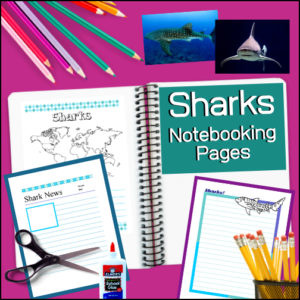 $4.50Buy Now
$4.50Buy NowThere are over 500 known species of sharks in the world! Most students love studying sharks and this unit has been created to help students record the knowledge they learn during a study on sharks as well as personal reflections of what has been learned.
This resource includes:
- – Creating a Notebooking Project…What is Notebookiing?
- – Supply list
- – Teacher pages
- – Student organizational pages
- -‘Jump off’ Questions designed to get students thinking about the different shark related questions they can research
- – 32 Notebooking pages
Notebooking is a coined term for what can also be referred to as educational journaling or scrapbooking.
-
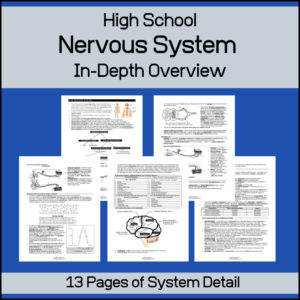 $2.50Buy Now
$2.50Buy NowThis 13 page resource is a very detailed overview of the nervous system and is meant for High School level students.
-
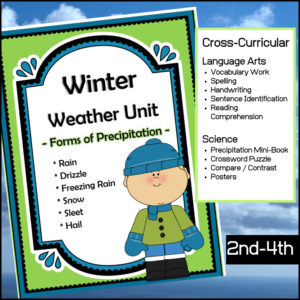 $5.00Buy Now
$5.00Buy NowYour students will enjoy this cross-curricular resource, Winter Weather Unit – Forms of Precipitation, as they learn about the different forms of precipitation and related vocabulary! Students will be engaged in vocabulary work, spelling, handwriting, sentence identification, comparing / contrasting and more.
16 weather-related vocabulary words: precipitation, rain, drizzle, freezing rain, snow, sleet, hail, atmosphere, moisture, droplets, snowflake icy, crystals, frozen, updraft, and evaporation.
In this resource, you get:
- Word Wall cards
- Types of Precipitation Posters
- Weather Worksheets (both Language Arts & Science)
- Precipitation Mini-Book
- Puzzles
-
 $5.00Buy Now
$5.00Buy NowA fun, interactive nature scavenger hunt that can be used by an individual student, a classroom or family.
⭐ Take this resource and go outside and explore! See how many things that can be found that begin with each letter of the alphabet. You can choose to do one letter at a time, several letters or the entire 26-letters. The choice is up to you!
As items are ‘discovered’ on your outdoors adventure, there is plenty of room for students to draw pictures of those items. Some letters, like the letter “Z”, may be trickier than others. This is when YOU can change it up a bit and tell students they can find things shaped like the letter “Z”. How fun!
Use at a park, a zoo, a botanical garden, on a riverwalk, at a pond or even in a backyard!
⭐This resource is designed to get students excited about exploring and recording what they find.
-
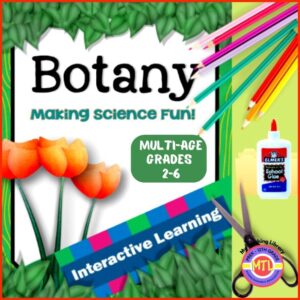 $10.00Buy Now
$10.00Buy NowGive students an engaging way to learn about plants with this interactive, project based resource. Designed to be used for multiple ages and grades, 2nd-6th grades, students will learn about plants:
- – classification
- – photosynthesis
- – the plant cell
- – parts of the plant
- – things plants need to grow
- – the life cycle of a plant
- – plant leaves
- – different types of plants (non-flowering, carnivorous, poisonous)
-
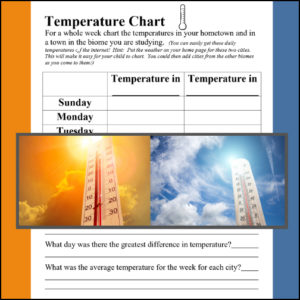 $1.25Buy Now
$1.25Buy NowA biome is a large geographical area that contains distinct plant and animal groups which are adapted to live in that environment. There can be many different habitats in a biome. Some major biomes are tundra, taiga, grasslands, deciduous forest, fresh water, desert, alpine, rainforest and ocean. When studying a specific biome, use this temperature comparison chart to record the temperature in the student’s hometown and the biome of study for a week! (Use again and again with each biome studied)
Science meets Geography
-
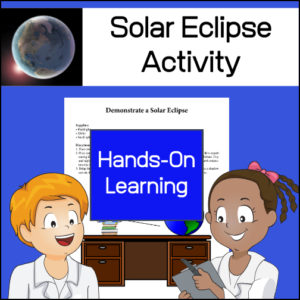 $1.50Buy Now
$1.50Buy NowHands on learning! A solar eclipse activity designed to help students visualize a solar eclipse through using common objects to actually demonstrate one.
